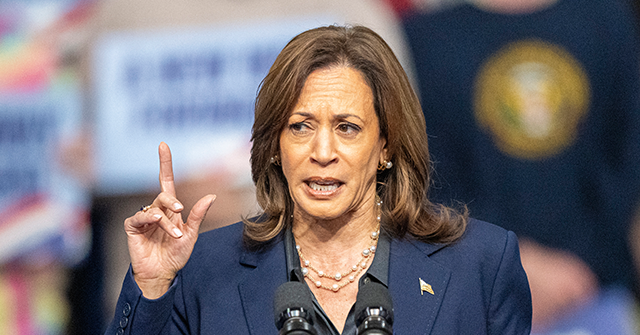At the beginning of the year, Democrats faced an uphill battle with President Joe Biden’s re-election prospects largely influenced by the state of the economy. Voter sentiment indicated a deep dissatisfaction, with public confidence levels echoing those of past incumbent defeats. Despite the economic recovery signs and hopes for a turnaround, surveys signified that concerns about the economy were paramount in voters’ minds. More specifically, the findings paralleled those of early 2012 during Barack Obama’s re-election campaign, when economic confidence was notably low but later improved leading to his victory. Democrats relished the notion that history might repeat itself, envisioning a shift in public focus from economic grievances to issues favoring their party.
In 2012, Americans grappled with a sluggish economy, marked by an unemployment rate of 8.3 percent and minimal growth at just 1.5 percent for the year. Although many Democrats attributed the negative economic sentiment to a hangover from the 2008 financial crisis, Republicans were poised to seize upon this discontent to reclaim the White House. Ultimately, a gradual improvement in job numbers and economic confidence led to Obama’s successful re-election despite early setbacks. The parallel to Biden’s current scenario offered Democrats a glimmer of hope as they sought to navigate a challenging economic landscape.
However, the context in 2023 has proven more complex, with inflation overtaking employment as the main economic concern for voters. Although inflation has been decreasing following the sharp rises seen in 2022, overall economic confidence has not rebounded as anticipated. The economic confidence index remains stagnant, and surveys attribute high percentages of the populace to seeing the economy as deteriorating. Reports from organizations such as the New York Times/Siena poll reveal alarming statistics, with only 3% rating the economy as “excellent” while an overwhelming 47% classify it as “poor.”
Interestingly, partisan perspectives diverged less than anticipated; a staggering 72% of Republicans, alongside significant portions of independents, expressed a negative view of the economy. While the degree of dissatisfaction across party lines differs, the underlying sentiment points to a widespread discontent that transcends partisanship. Additionally, a rising number of voters now cite economic issues as the paramount concern, reflecting a shift from prior sentiments, indicating an escalation of urgency surrounding economic conditions.
When respondents were asked about the personal impact of Biden’s economic policies, only 22% acknowledged a positive influence, while 42% felt adversely affected. In stark contrast, former President Donald Trump received more favorable numbers concerning his economic impact, with 42% of respondents crediting him positively. This stark division in perception highlights significant challenges facing the Biden administration as midterm elections approach, as dissatisfaction with current policies could translate into electoral consequences.
Lastly, a survey indicated overwhelming support for changes in the American economic system, with 59% advocating for major changes and a surprising number pushing for a complete overhaul. Such sentiments likely heighten Democrats’ anxiety as they approach the elections, with many within the party holding out hope that improving economic conditions might still bolster Biden’s position. However, the current state of affairs paints a grim picture, illustrating a strained economic climate that could significantly impair Democratic electoral aspirations. As the November elections approach, the uncertainty surrounding economic sentiment poses a formidable challenge for the incumbent party.

